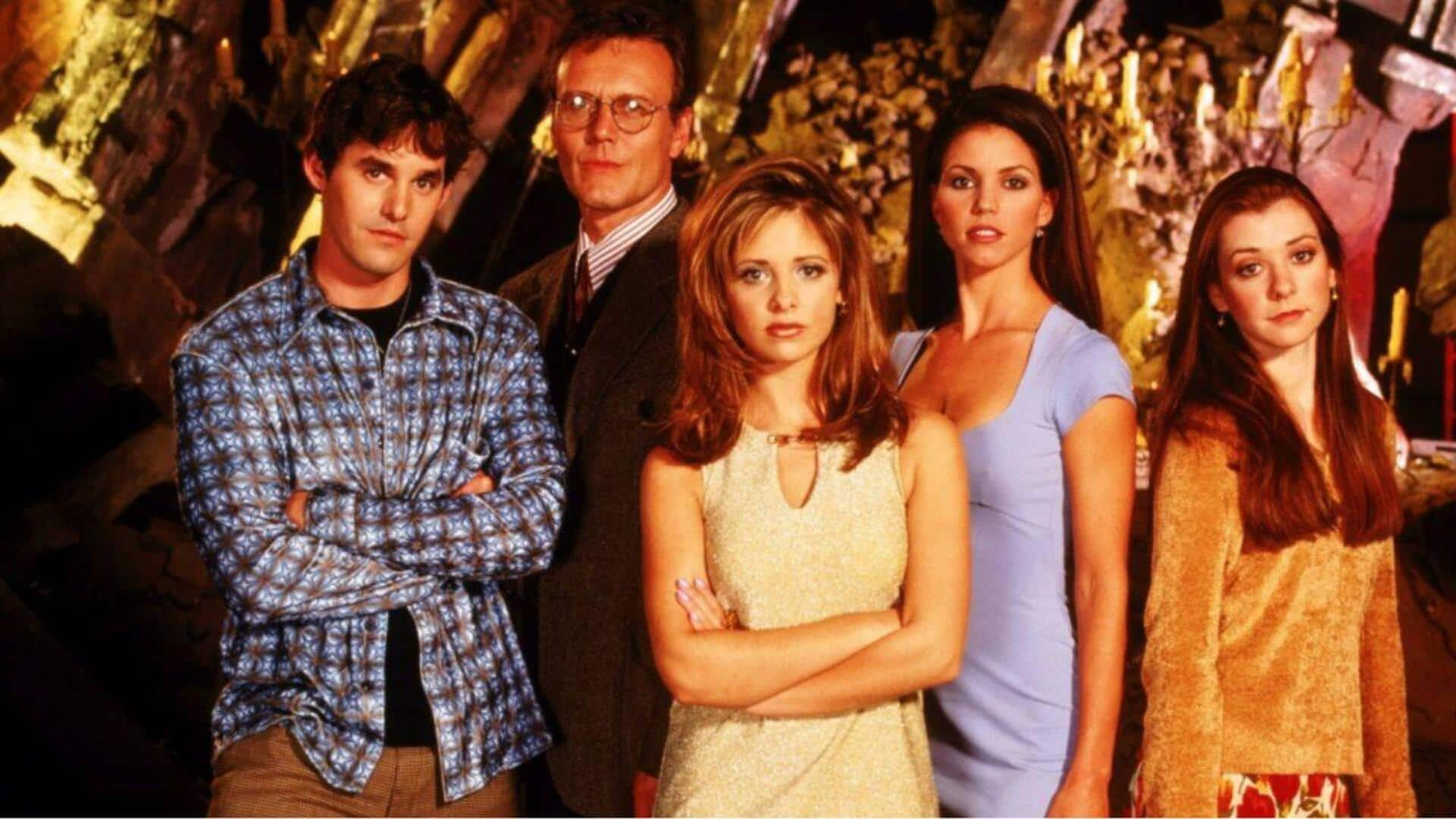
5 'Buffy the Vampire Slayer' facts you didn't know
What's the story
Buffy the Vampire Slayer is a cult classic that has been entertaining audiences since 1997. The show, which mixes drama and comedy, has a huge fan following and has been praised for its writing and character development. Here are five interesting facts about the show that you may not know. These insights give a glimpse into the show's making and its cultural impact.
#1
The original title was different
Originally, Buffy the Vampire Slayer was supposed to be titled "Slayer." The title was later changed to reflect the show's protagonist's unique blend of strength and vulnerability. This change helped set the tone for a series that would redefine the vampire genre on television.
#2
Joss Whedon's early struggles
Before Buffy the Vampire Slayer, creator Joss Whedon had a tough time getting his scripts picked. He wrote several screenplays that went unproduced before finally getting a chance with this series. His perseverance paid off as Buffy became a landmark show, establishing Whedon as a master storyteller.
#3
Iconic Sunnydale High School
Sunnydale High School is more than just a setting in Buffy; it's a character in itself. The fictional school is located on top of a Hellmouth, making it a hotspot for supernatural activity. This unique premise allowed writers to explore various themes while keeping viewers engaged with thrilling storylines.
#4
Influence on pop culture
Buffy the Vampire Slayer has left an indelible mark on pop culture, inspiring countless other shows and movies. Its strong female lead and clever writing have been credited for paving the way for more complex characters in genre television. From fashion to dialogue, its influence can be seen across media.
#5
Awards recognition
Despite its cult status, Buffy received critical acclaim but didn't win major awards during its run. It was nominated for several awards, including the Saturn Awards and Teen Choice Awards, showcasing its popularity among fans and critics alike, even if mainstream recognition was limited at the time.